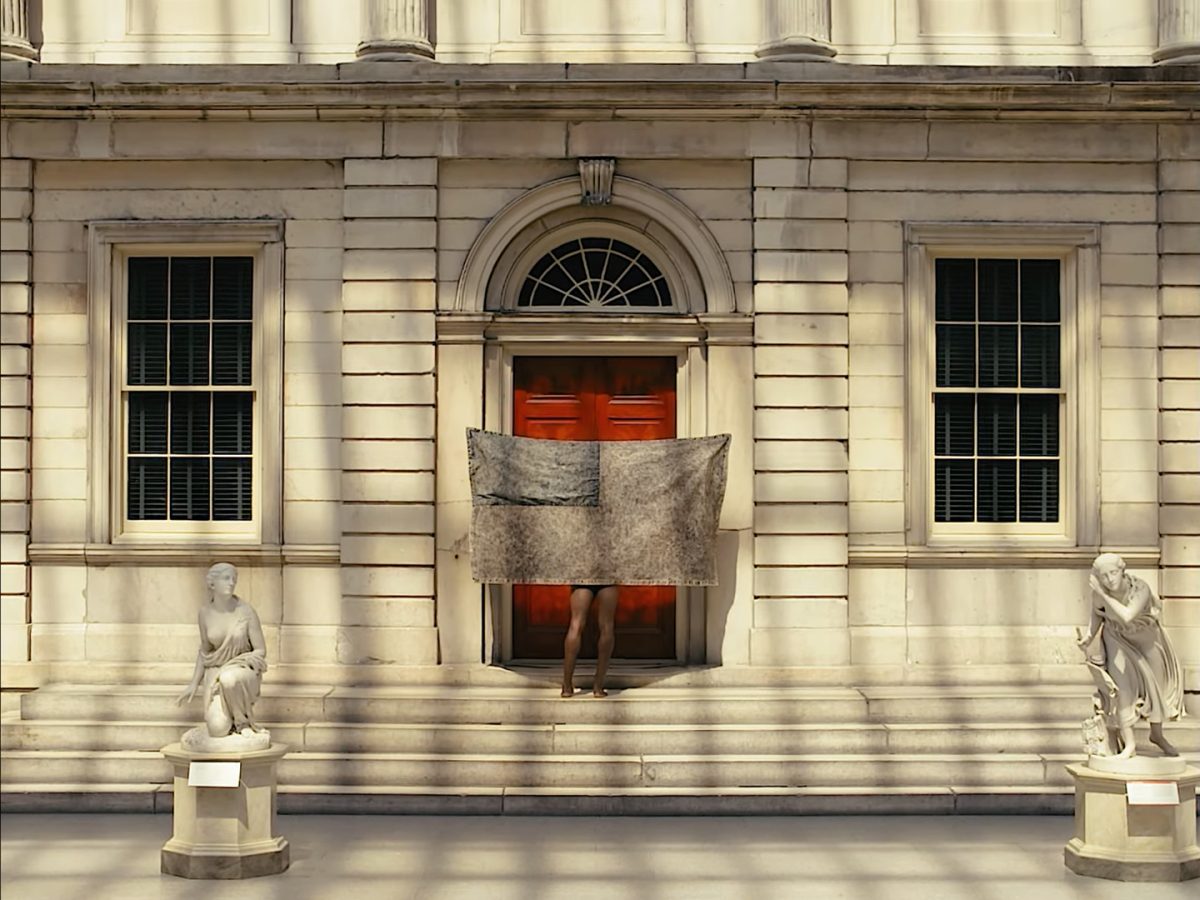
The Costume Institute is returning with its next major exhibition at The Metropolitan Museum of Art. This year, the exhibition is coming in two different parts – In America: A Lexicon of Fashion, from September 18, 2021 to September 5, 2022, and In America: An Anthology of Fashion, from May 5, 2022 to September 5, 2022. The Met has recently released a virtual press presentation, giving a first glimpse into their exhibitions. It was revealed that Anna Wintour is set to oversee two Met Galas, where she will serve as an honorary chair at the September 13 event, alongside Adam Mosseri and Tom Ford. The hosts will include Timotheé Chalamet, Billie Eilish, Naomi Osaka, and Amanda Gorman.
According to Max Hollein, the theme of the exhibitions reflect on the aesthetic and cultural impact on fashion throughout three centuries of American life. The nearest exhibition to premiere in September – In America: A Lexicon of Fashion – will explore a modern vocabulary on American fashion in the Anna Wintour Costume Center. The second exhibition, In America: An Anthology of Fashion, will open in the period rooms in the gallery to explore the development of American fashion through different narratives that relate to the histories of each space.

“I am excited to be here at The Costume Institute’s collections area surrounded by stellar works by American fashion designers, which will be featured in Part Two of the exhibition,” Hollein said of several featured pieces by designers from Ann Lowe to Stephen Burrows.
Eva Chen, Vice President of Fashion and Shopping on Instagram, spoke of the social media platform’s role in the exhibition. In light of the last year bringing about real-time conversations surrounding activism and global movements on the platform, they plan to highlight the topics of the exhibition on Instagram Reels and IGTV.

Andrew Bolton, the Wendy Yu Curator in Charge of The Costume Institute at The Met, discussed the thought process behind marking The Costume Institute’s 75th Anniversary and the decision to commemorate it in two separate exhibitions. Bolton says that in ways, Part Two proceeds Part One, inspiring and informing it. When speaking of Part Two, he says, “To highlight the storytelling aspect of the exhibition and to readdress the assumption that American fashion is non-narrative, the stories will be presented as cinematically-staged vignettes, produced in collaboration with American film directors.” One overall goal of these cinematic presentations is to emphasize the contributions of forgotten and lesser-known designers who assisted in defining American fashion.

According to Bolton, we are currently experiencing the fashion world’s new renaissance, where fashion is currently being redefined. In light of this, Part One will reconsider the perception people once had on American fashion – where it is primarily attributed with functionality, practicality, and simplicity, while the emotional qualities often go hand-in-hand with European fashion. The first exhibition will reintroduce the emotional qualities of dress by establishing a modern lexicon of fashion that is more reflective of the times we are living in.

Part Two will build a fictional American home. “This blurring of the boundaries between the interior rooms mirrors our own experiences due to the pandemic, when the functions of the rooms in our homes became less distinct and our connections to them became more personal,” Bolton said. To play on Part One, the fictional home is meant to provoke the emotional narrative rather than the functional one with the kitchen representing well being, the living room with trust, the library with reverence, the office with aspiration, the bedroom with intimacy, the attic with nostalgia, and the basement with fear. The clothes shown in each room will correlate with the emotions, helping to redefine the characteristics in American fashion.

The Met premiered a short film to represent the theme of the exhibitions – Veil Flag, by Sterling Ruby. It shows a crouched person as they begin to stand up with only their legs emerging from underneath what at first appears to be a dirty blanket, but is later revealed to be a tarnished and neutralized American flag, as they walk up the steps to the period rooms before outstretching the flag.


